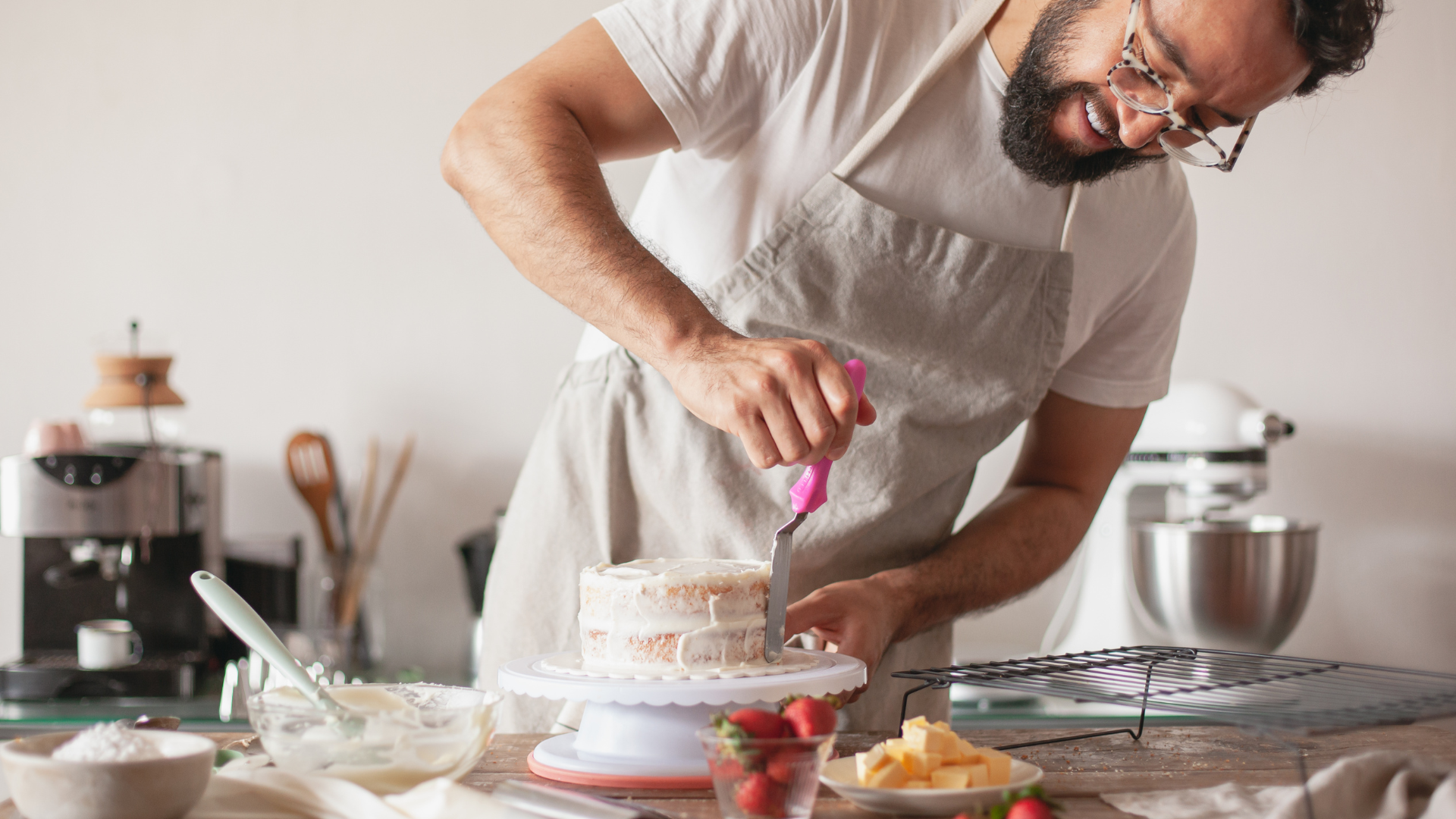Physical Address
304 North Cardinal St.
Dorchester Center, MA 02124
Physical Address
304 North Cardinal St.
Dorchester Center, MA 02124

Creating a birthday cake is a cherished tradition that adds joy to any celebration. Whether it’s a simple family gathering or a grand party, a cake often becomes the centerpiece of the festivities. To make a delightful birthday cake, follow a straightforward recipe that includes key ingredients like flour, sugar, eggs, and butter.
Baking a cake allows for personal creativity, from selecting flavors to decorating with themes that resonate with the birthday person. The process can be both enjoyable and rewarding, inviting everyone to participate in the celebration. The right techniques can elevate a homemade cake, making it not just a dessert, but a memorable part of the occasion.
Assembling the layers and adding frosting can transform a basic recipe into a stunning centerpiece. By planning ahead and gathering supplies, anyone can create a birthday cake that leaves a lasting impression on guests and makes the day special.
Choosing the right cake recipe sets the foundation for a successful birthday celebration. It is essential to consider the type of cake desired and the specific ingredients that will contribute to its flavor and texture.
The selection of cake types is crucial for achieving a satisfying result. Common options include:
Each type serves different preferences and occasions.
Knowing the ingredients involved is vital for achieving the desired cake outcome. Various elements play distinct roles in cake baking:
Using quality ingredients will enhance the flavor and overall experience of the birthday cake.
Creating the perfect cake batter requires precision in mixing ingredients and attention to moisture levels. Properly blending dry and wet components is crucial for achieving the desired texture and flavor.
To start, gather the basic ingredients. He or she should use all-purpose flour, granulated sugar, baking powder, and a pinch of salt for the dry mixture.
In a separate bowl, combine the wet ingredients: unsalted butter, eggs, milk (or buttermilk for added richness), and vanilla extract.
When mixing, it’s essential to cream the butter and sugar first until light and fluffy. Gradually add the eggs, mixing well after each addition.
Next, alternate adding the dry ingredients and milk to the wet mixture, starting and ending with flour. This method minimizes overmixing, which is key to maintaining a tender crumb.
Moisture is vital for a delectable birthday cake. To ensure moistness, consider several factors. Using buttermilk or adding a little vegetable oil can significantly enhance the cake’s texture.
Choosing the right flour is also important; all-purpose flour works well for balance. The correct ratio of liquid to dry ingredients impacts moisture levels, so sticking to the recipe is beneficial.
Avoid overbaking by monitoring the cake closely as it nears the baking time. A toothpick inserted should come out clean but not dry. This precision guarantees a cake that is both moist and flavorful.
Baking a cake requires precision in technique and attention to detail. Proper cooling is crucial to ensure the cake maintains its structure and flavor.
Selecting the correct baking methods is essential for a successful cake. Preheat the oven to the desired temperature, typically around 350°F (175°C). This ensures even cooking throughout the baking process.
He should prepare the cake pans by greasing them with butter or using parchment paper to prevent sticking. Pour the batter into the pans, filling them about two-thirds full to allow room for rising.
Bake the cake for the recommended cooking time, generally between 25-35 minutes. To check for doneness, insert a toothpick in the center; it should come out clean. Adjust the baking time based on the cake’s size and the equipment used.
Once the cakes are out of the oven, allow them to cool in the pans for about 10-15 minutes. This resting period makes it easier to release them without breaking.
After cooling, carefully run a knife around the edges of the pan and invert the cake onto a wire rack. This prevents the cake from becoming soggy on the bottom. Allow them to cool completely before frosting, which usually takes about cooling helps maintain flavor and texture, ensuring a more enjoyable eating experience.
A well-decorated cake enhances its visual appeal, while proper storage ensures it maintains freshness. This section focuses on the key techniques for frosting and garnishing, along with effective storage methods.
To achieve a professional-looking cake, start with a crumb coat. This is a thin layer of frosting that traps crumbs, creating a smooth base. For a classic finish, use vanilla buttercream or chocolate ganache. When applying frosting, a spatula can help spread it evenly.
Food coloring allows for custom shades, enhancing visual appeal. Once the base is ready, garnish with items like sprinkles, whipped cream, or shaved bittersweet chocolate. For an elegant touch, pipe additional frosting into decorative shapes.
Consider using a combination of buttercream frosting and cream cheese frosting for a unique flavor profile. He can experiment with various techniques, such as using a palette knife for texture or creating rosettes for added visual interest.
To keep the cake fresh, proper storage is essential. If it won’t be served immediately, it should be placed in an airtight container. This prevents moisture loss and protects against unwanted odors.
Refrigerate the cake if it’s frosted with cream cheese or contains dairy-based fillings. For cakes with buttercream, it can remain at room temperature for short periods, especially in cooler weather.
To freeze the cake, wrap it tightly in plastic wrap and then in aluminum foil. This prevents freezer burn. When ready to serve, allow it to thaw in the refrigerator before unwrapping. This method preserves both flavor and texture.